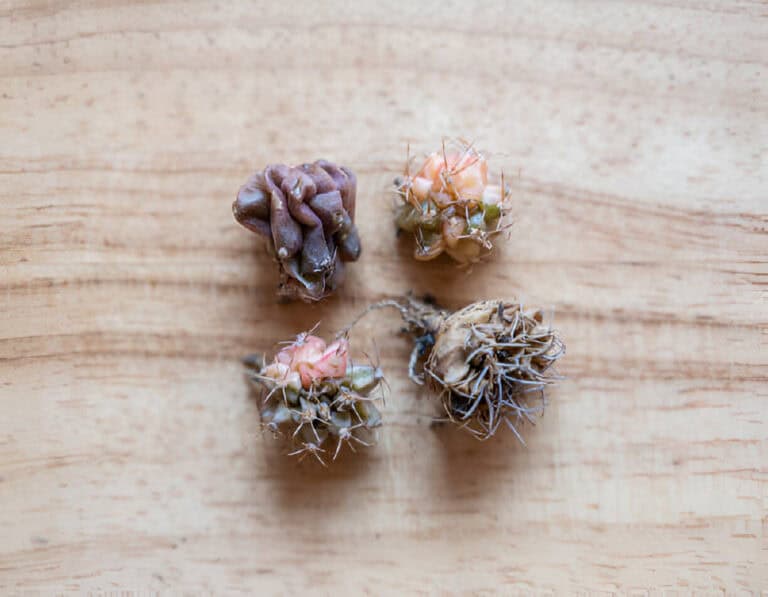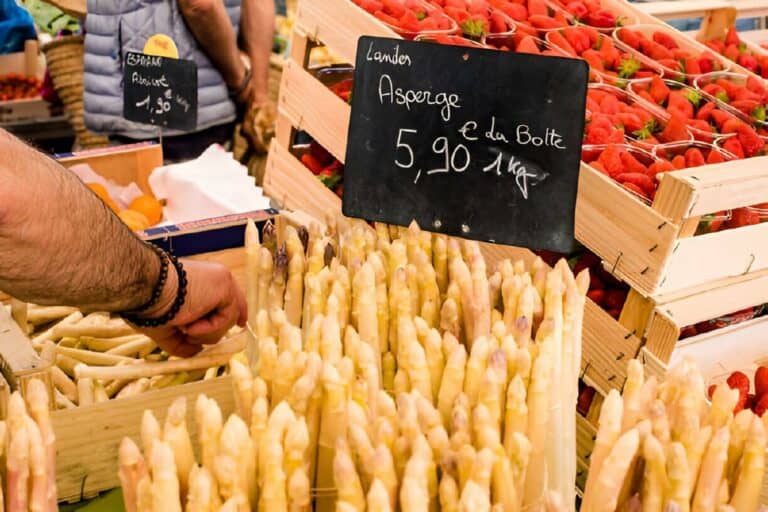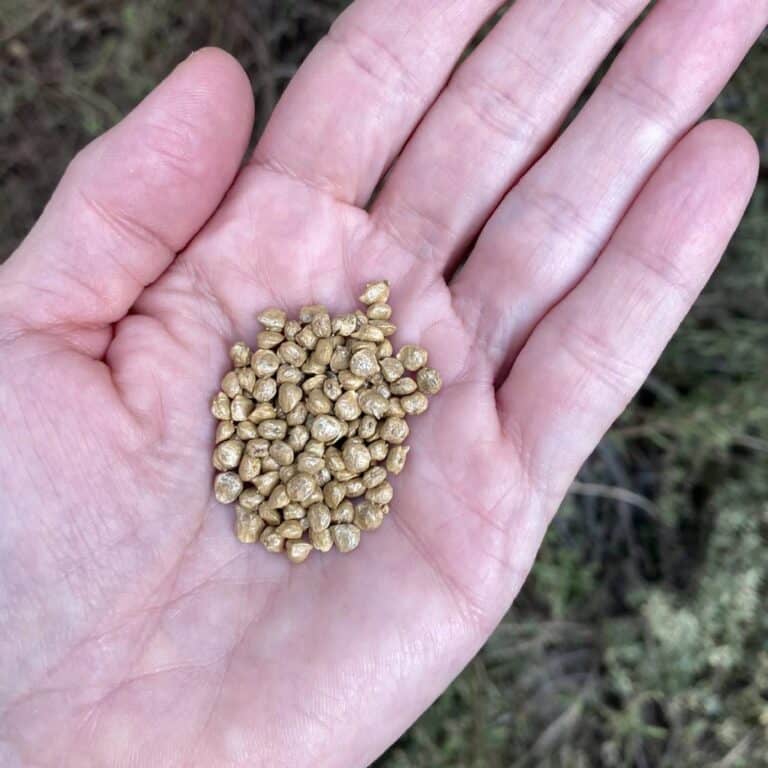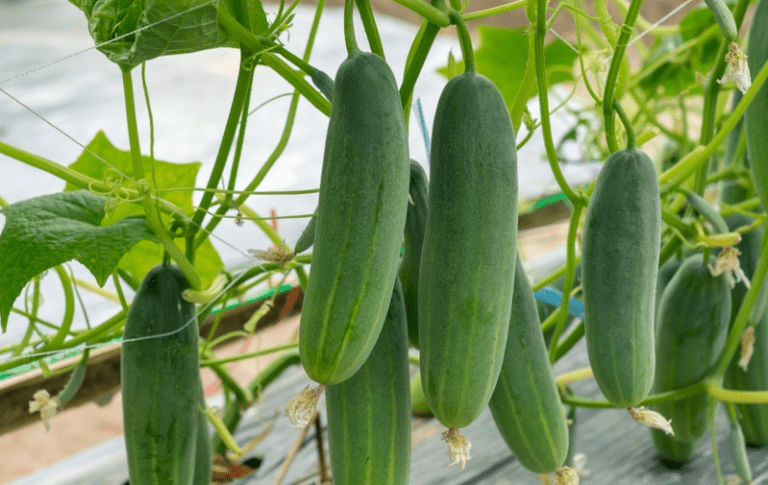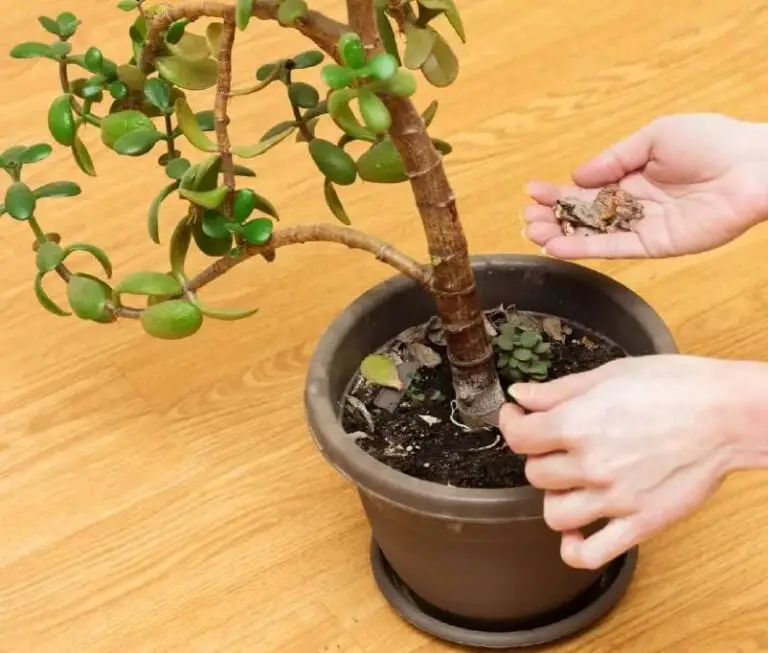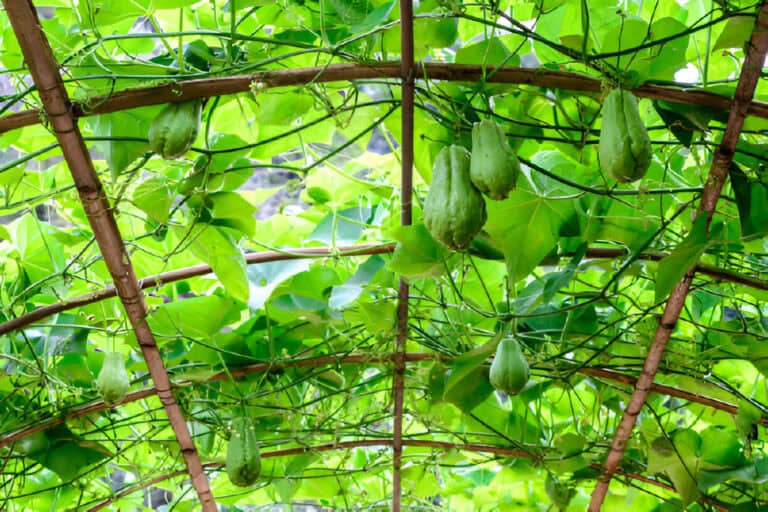Ripe and Ready: How to Tell When Your Cherokee Purple Tomato Is Perfect
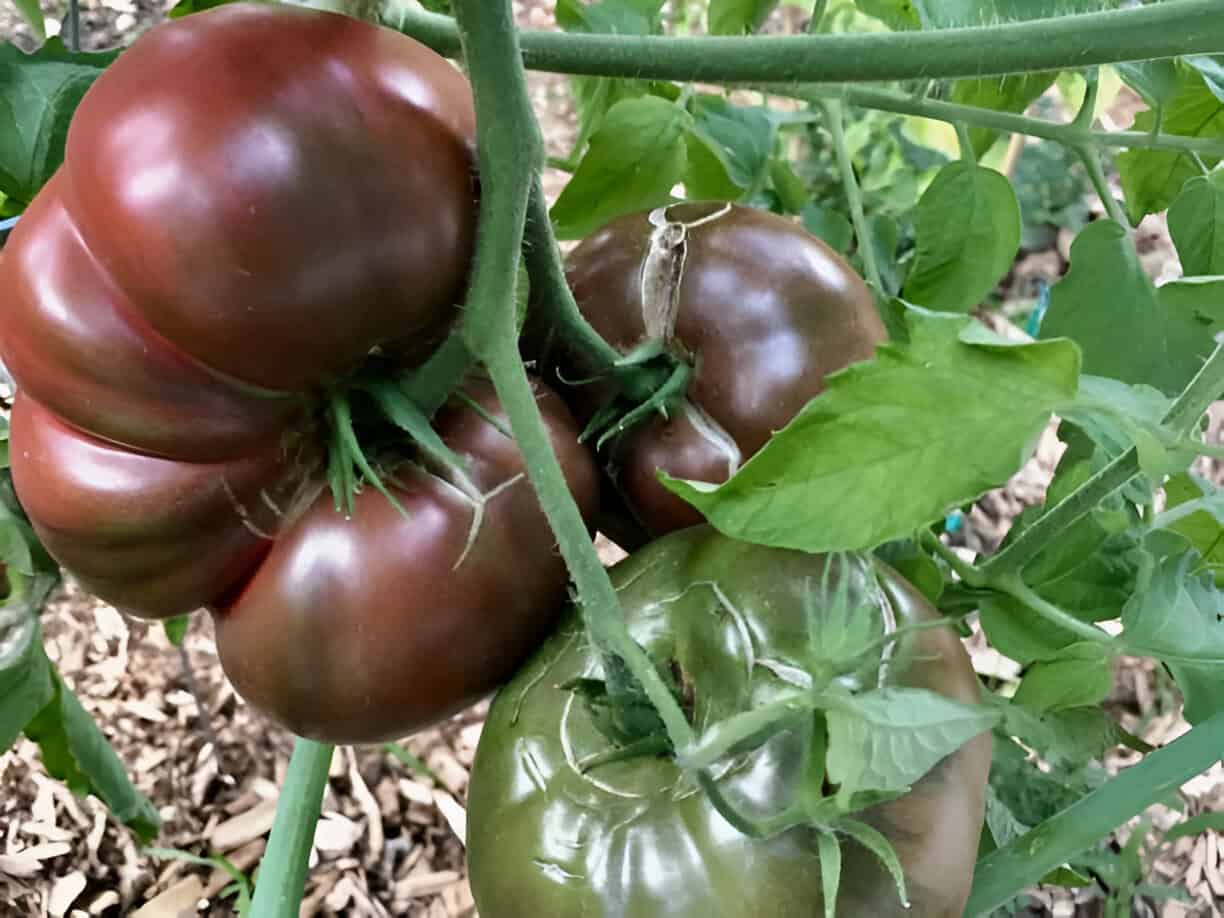
There’s something magical about biting into a perfectly ripe tomato. The burst of flavor and the way it drips down your chin can instantly transport you to a sun-soaked garden, and that’s exactly why I’ve fallen in love with the Cherokee Purple tomato.
This heirloom tomato variety has stolen my heart and my taste buds, and today, I want to share everything I’ve learned about knowing when these beauties are ready for harvest. So grab a seat, and let’s dive into the vibrant world of Cherokee Purple tomatoes!
Overview of Cherokee Purple Tomatoes
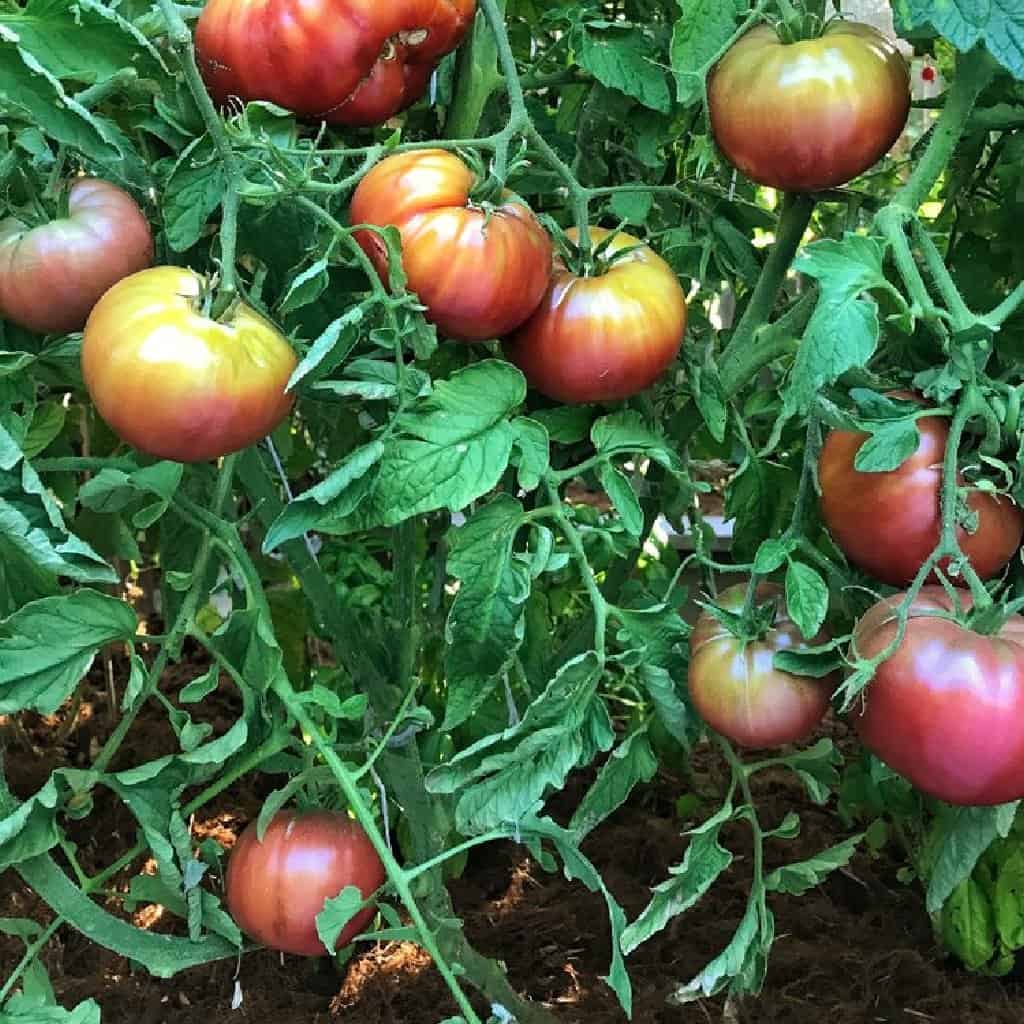
Cherokee Purple tomatoes have carved out a special niche in the hearts of gardeners and chefs alike. Known for their rich, deep hue and robust, smoky flavor, these heirloom tomatoes offer a unique twist on the traditional tomato profile. They trace their roots back to the Cherokee people, adding a layer of historical significance to their cultivation. The rich, complex flavor makes them a favorite not only in home gardens but also in high-end culinary spaces, where their unique appearance and taste can elevate any dish.
Understanding when a Cherokee Purple tomato is perfectly ripe is crucial for experiencing its full flavor and ideal texture. Picking these tomatoes at the right time ensures that they are juicy, sweet, and just firm enough to hold their shape in salads, sandwiches, or sauces. If harvested too early, they can be tough and underwhelming; if too late, they can become mushy and lose their distinctive taste.
To fully appreciate these tomatoes, it’s essential to recognize the visual and tactile cues that indicate ripeness. Cherokee Purple tomatoes typically have a deep, purplish-red color with slight green shoulders when they are ready to be picked. A gentle squeeze should reveal a slight give, indicating that the interior is soft and juicy, but not overly mushy.
For those new to growing or cooking with Cherokee Purple tomatoes, understanding ripeness can be a bit of a learning curve. However, once mastered, it significantly enhances the culinary experience, whether the tomatoes are used in a simple Caprese salad or a complex gourmet dish.
How to Tell When Your Cherokee Purple Tomato Is Ripe
Now, let’s get down to the nitty-gritty: how do you know when your Cherokee Purple tomato is ripe? It can be a bit tricky because, unlike other tomatoes that change color all over, the Cherokee Purple retains its green crown even when it’s ready to eat. But fear not! Here are a few tips I’ve learned along the way:
First, take a good look at the bottom half of the tomato. A ripe Cherokee Purple will have a luscious reddish or purple hue on the bottom, while the top remains a lovely green. Think of it as the tomato’s way of giving you a two-toned fashion statement!
Next, give it a gentle squeeze. When you press your thumb into the skin, it should yield just a little. If it feels as firm as a rock, it’s still unripe and needs more time to soak up that glorious sunshine.
Sometimes, you might notice that even though a tomato looks ripe, only the bottom half has that incredible flavor. That’s because farmers often harvest these tomatoes when most of them have ripened to prevent pests from getting to them.
So, when you’re at the store or farmer’s market, you might end up with a mix of ripe and unripe tomatoes. The best solution? Grow your own and harvest them at their peak!
| Related: Growing Tomatoes Year Round in Florida: When is the Best Time? |
What Do Cherokee Purple Tomatoes Taste Like?
Now that you know how to pick them, let’s talk about what makes these tomatoes sing. Imagine a flavor that dances between sweet and smoky, rich and satisfying. That’s what you get with the Cherokee Purple. Their thick skin holds in that signature flavor, making them a favorite for gardeners and cooks alike.
I often find myself using these tomatoes in a variety of dishes. They’re incredibly versatile! Picture a BLT on a lazy summer afternoon, where the juicy, meaty slices of Cherokee Purple take center stage. Or think of a fresh Caprese salad, where the tomatoes shine alongside basil and mozzarella, dressed simply with olive oil and balsamic vinegar. You simply can’t go wrong with these vibrant gems in your kitchen.
| Dish Idea | How to Use |
| BLT Sandwich | Sliced thick, layered with bacon and lettuce. |
| Caprese Salad | Sliced with fresh mozzarella and basil. |
| Pizza Topping | Blanched and diced, then sprinkled on top before baking. |
| Pasta Sauce | Cooked down for a rich, smoky sauce. |
How to Ripen Your Cherokee Purple Tomatoes
Sometimes, you might find yourself with underripe Cherokee Purple tomatoes—perhaps you’ve picked some too early or brought them home from the market. But don’t fret; there are ways to coax them into ripeness. One method I swear by is placing them stem-side down on a sunny windowsill. They soak up that sunlight like a sponge, and before you know it, they’ll be ready to enjoy.
Another handy trick involves a brown paper bag. Simply place the tomatoes inside, ensuring you don’t overcrowd them, or they might bruise. The bag traps ethylene gas, which speeds up the ripening process. If you throw a banana in the mix, you’ll kick it up a notch, as bananas emit a ton of that gas!
Harvesting Tips for Optimal Ripeness
Harvesting Cherokee Purple tomatoes at their peak ripeness ensures you get the best flavor and texture. To achieve this, monitor the tomatoes closely as they ripen on the vine.
The best practice is to wait until the fruit reaches a deep purplish-red hue with slight green shoulders. This color change indicates the perfect balance of sweetness and acidity, making the tomatoes ready to pick.
Using the right tools and techniques for gentle harvesting can prevent unnecessary damage to the fruit and plant. A pair of sharp pruning shears or scissors works well to snip the stem just above the fruit. This method avoids tugging, which can bruise the delicate skin of the Cherokee Purple. Additionally, holding the fruit gently with one hand while cutting ensures it doesn’t drop and get damaged.
Timing your harvest is crucial. Early morning is often the best time to pick tomatoes, as the cool temperatures preserve their firmness and freshness. Avoid harvesting during the heat of the day, as the fruits might be softer and more prone to damage.
Proper harvesting techniques help maintain the tomato’s quality, allowing you to enjoy them fresh or preserve them for future use. By following these simple steps, you can make the most of your Cherokee Purple tomatoes, ensuring each one is harvested at its prime.
The Bottom Line
If you’ve ever wondered how to tell when a Cherokee Purple tomato is ripe, I hope this little guide helps clear up the mystery. Remember, these gorgeous heirlooms deserve your attention and care. Whether you’re growing your own or hunting them down at the local farmer’s market, knowing how to recognize their ripeness will enhance your culinary adventures.
So next time you sink your teeth into a Cherokee Purple tomato, relish in the fact that you’ve not only chosen a delicious fruit but also one with a rich history. And if you enjoy this kind of gardening insight, stick around—I’ve got plenty more juicy tips up my sleeve to help you cultivate your own backyard bounty! Happy gardening!

